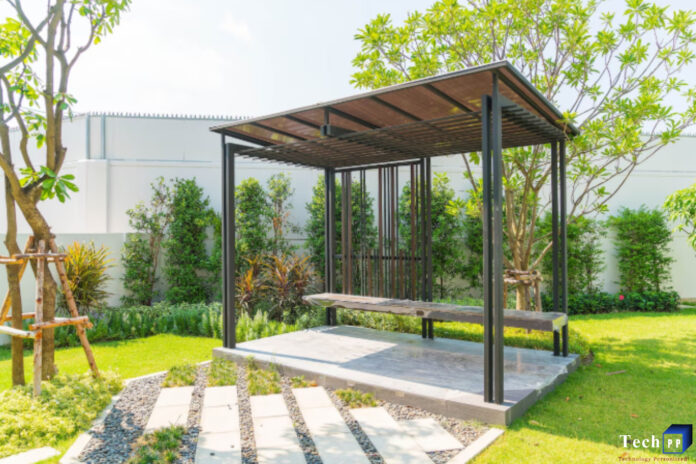Want to enjoy a vibrant, pest-resistant garden or a gorgeous yard that benefits both your family and the planet? Sustainable practices for outdoor spaces help you build an environment that’s as healthy as it is beautiful, supporting biodiversity, conserving resources, and ensuring long-term enjoyment.
Here you’ll find the most effective methods to care for your lawn and garden, reduce waste, and keep your landscape green—in every sense of the word.
Read on to discover practical advice that turns your outdoor space into a thriving, eco-friendly retreat.
Prioritize Soil Health Through Organic Methods
Healthy soil is the foundation of any sustainable outdoor space. By enriching the earth naturally, you support strong plant growth, better water retention, and increased resilience to pests.
- Composting household and yard waste turns organic matter into nutrient-rich soil amendments. The EPA notes that food scraps and yard debris make up more than 30% of what we throw away, so composting is a simple, high-impact way to reduce waste and enrich your garden.
- Mulching retains moisture, regulates soil temperature, and suppresses weeds. Organic mulches (like wood chips or straw) gradually break down, adding more nutrients back into the soil.
- Natural Fertilization avoids the environmental downsides of synthetic fertilizers. Look for products with certified organic labels or use homemade compost to feed your garden.
- Rotate plantings and mix up the species in your garden beds. Diverse plantings prevent soil depletion, minimizing the need for chemical inputs and ensuring a balanced ecosystem.
Implement Smart Water Management
Fresh water is a limited resource, especially in arid or drought-prone regions. Sustainable watering practices help conserve resources while keeping your garden healthy.
- Drip irrigation systems deliver water directly to root zones, reducing evaporation and runoff. According to the EPA’s WaterSense program, drip systems save 30–50% more water than traditional sprinklers.
- Rain barrels collect runoff from your roof, providing a free source for watering plants. This method decreases your reliance on municipal supplies.
- Watering early in the morning or late in the evening prevents moisture loss due to evaporation, making your efforts (and water bill) go further.
- Plant native or drought-tolerant species that thrive in your region’s climate. They naturally require less supplemental water and are more likely to flourish all season.
Reduce Chemical Use and Support Local Ecosystems
Heavy reliance on chemical pesticides and herbicides can harm beneficial insects, pollute water sources, and pose risks to pets or children. Adopting a more natural approach will keep your yard thriving and safe.
- Integrated Pest Management (IPM) means using physical, biological, and minimal chemical controls to address pest problems. For example, encourage ladybugs to battle aphids or use barriers like row covers to keep insects off sensitive crops.
- Manual weeding and planting ground cover can limit unwanted growth without resorting to herbicides.
- Need professional expertise for larger properties or persistent problems? Consider tree care in Logan to maintain healthy trees and shrubs using eco-friendly treatments specifically tailored to your region.
- Select region-appropriate, disease-resistant plants to boost the natural resilience of your landscape.
Foster Biodiversity with Native Plants and Habitat Features
Rich landscapes teem with life—from hummingbirds and pollinators to beneficial bacteria below ground. Focusing on biodiversity creates a robust, interconnected environment.
- Choosing native plants offers food and shelter for local wildlife, encouraging a healthy ecosystem. The National Wildlife Federation highlights that native plants require less water, pesticides, and fertilizer.
- Layering vegetation (ground covers, shrubs, trees) mimics natural habitats and attracts a wider range of animal and insect life.
- Building wildlife habitat can be as simple as adding a small pond, birdhouse, or pile of brush and leaves. These elements create safe havens for pollinators, birds, and amphibians, supporting the broader food web.
- Limit the use of lawns in favor of meadows or mixed plantings. Lawns require intensive maintenance and offer little value to wildlife compared to diverse gardens.
By adopting these sustainable practices, you’ll transform your lawn or garden into a healthier, more resilient outdoor space that benefits your family, your community, and the planet. Whether you’re nurturing rich soil, saving water, supporting local species, or seeking professional tree care, every mindful choice counts on the path to a greener world.


